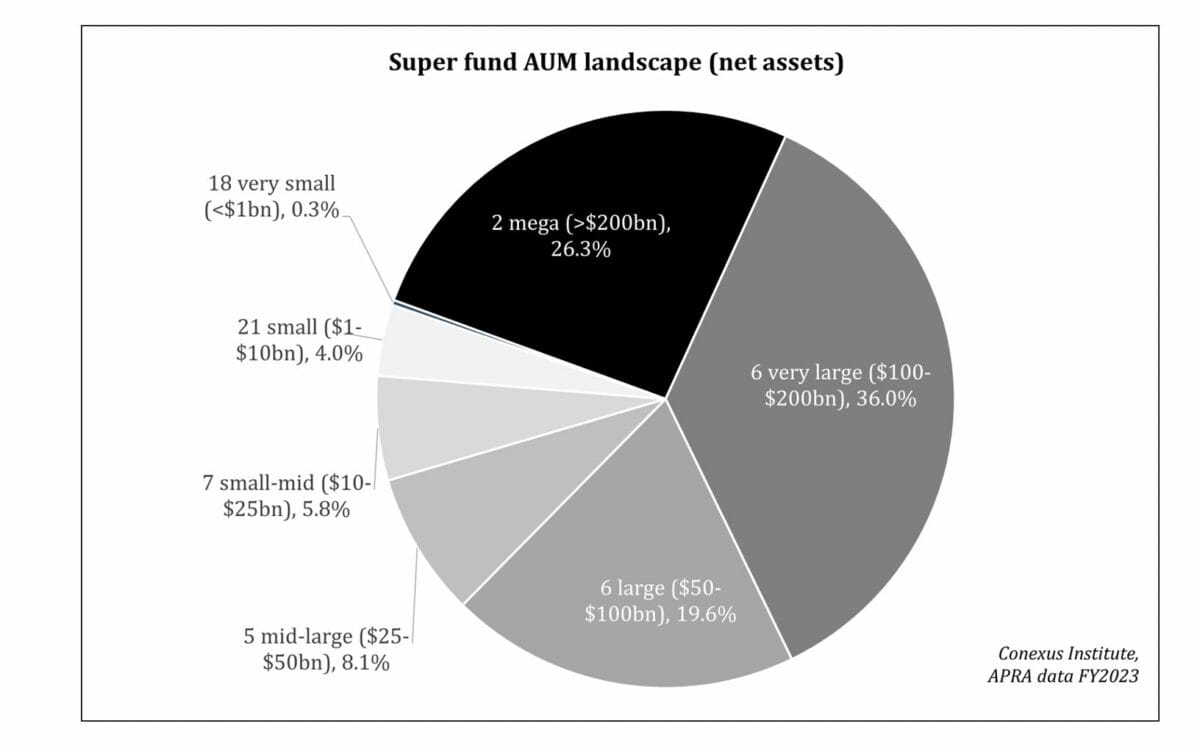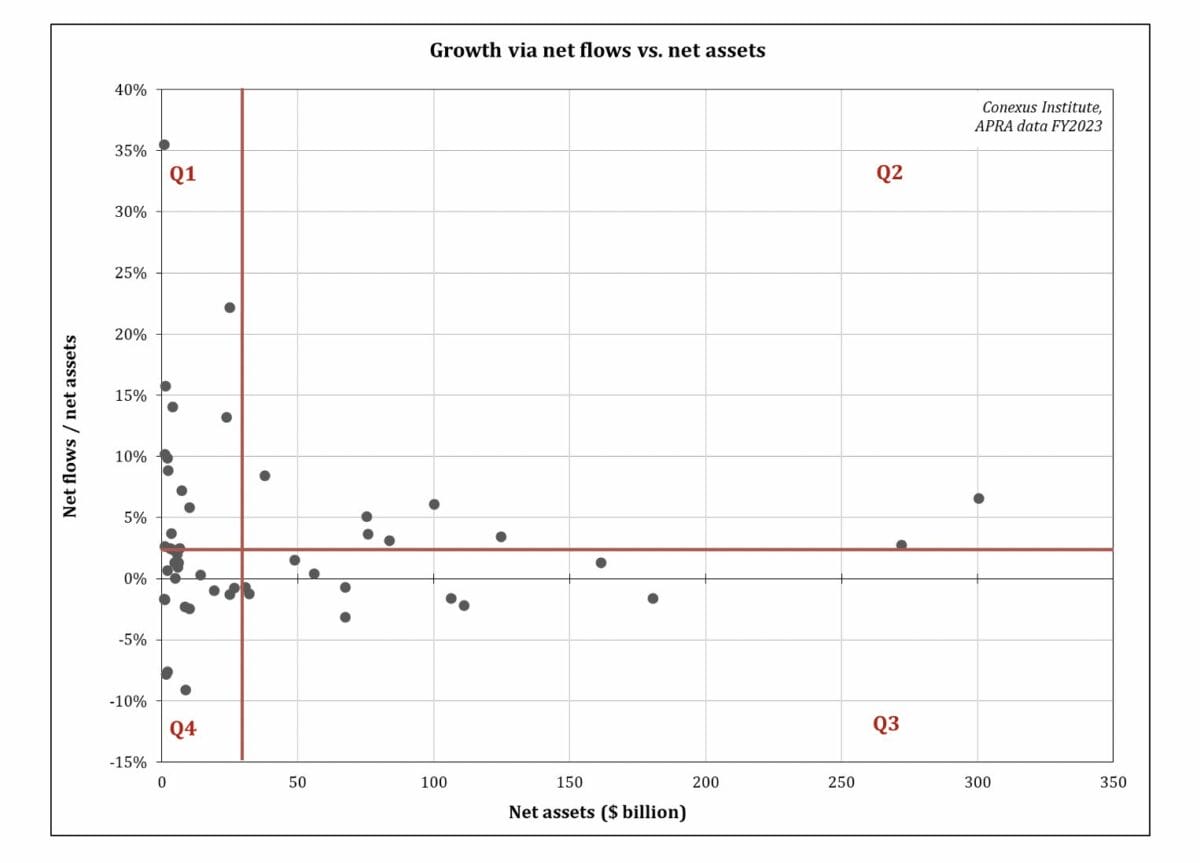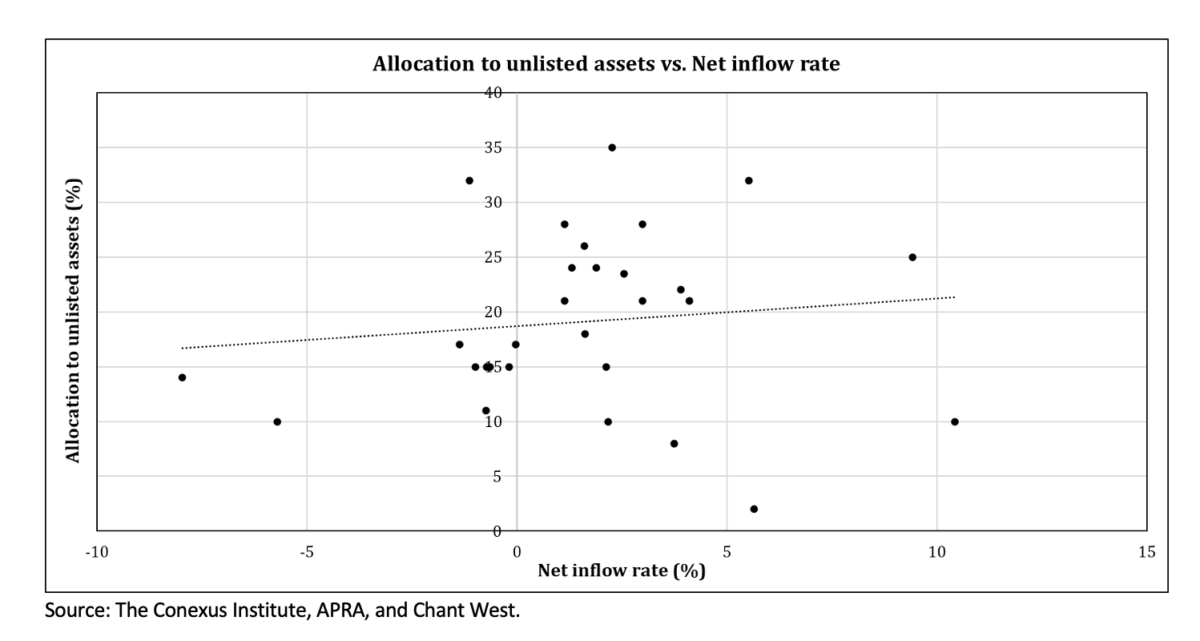Many European and UK asset owners have pulled their allocation to hedge funds in recent years, unsure what multiple strategies with different outcomes are trying to achieve or if hedge funds really do capitalize on bull markets and protect them in a downturn.
But the TfL Pension Fund, the open scheme for workers across London’s transport network, remains firmly committed to hedge funds in its £14 billion portfolio where a 13.6 per cent allocation to liquid alternatives allows the fund to tap the one free lunch in investment – diversification.
“We are a bit unique in this space,” Padmesh Shukla, chief investment officer at TfL Pension Fund, told Top1000funds.com.
The fund uses hedge funds to diversify equity beta risk – and to some extent rates and credit risk – in a strategy based on key principles encapsulated in three allocations. A premium bucket comprises classic alternative risk premiums where the Fund refuses to pay 2:20 fees.
“Why pay for returns if they are correlated to equity beta in the book?” says Shukla. “We are not going to pay for a levered version of beta. Not everything deserves a 2:20 structure.”
He is prepared to pay for clearly defined, uncorrelated pure alpha, however. This second program comprises macro, discretionary, systematic and some multi strategy and relative value strategies that are impossible to recreate elsewhere.
A third, satellite element to the book comprises niche strategies that are less scalable and allocations with much smaller ticket sizes than the premium or core allocations. These strategies may be with emerging managers for example and must have a low correlation to strategies in the other buckets to ensure diversification across the whole book.
Other pillars to the allocation include governance support and robust backing from the top. When the long only equity beta format posts three times the return and trustees question value for money, the team will face difficult questions.
Validation for the allocation was most notable in 2022 when no matter what investors held, everything from globally diversified equity, bonds, and credit, was down. Shukla recalls that although the fund suffered on the long side, it held its assets under management flat, thanks to hedge funds.
“When everything wobbled, the hedge funds portfolio, with its left tail risk construct provided the much-needed ballast for the Fund.”
Cutting out carbon
Shukla is currently focused on reducing and measuring carbon emissions in the hedge fund allocation in line with the fund’s introduction of a net zero strategy in 2021. When hedge funds have a physical exposure to bonds and equities, he notices encouraging progress capturing carbon.
For example, UK-based equity hedge fund The Children’s Investment Fund Management, a long-only equity hedge fund, uses standard templates for reporting. It is successfully pursuing net zero targets through voting and clear engagement initiatives and is never shy in expressing its displeasure where the progress is unsatisfactory, he says.
“ESG and net zero is in the DNA of the fund; they are also doing great work around engagement with companies.”
Still, outside public markets despite “positive” progress that is “worth our effort” he notes making headway is slower. Many hedge funds are intangible by nature, comprising wide-ranging synthetic exposure via futures and options to FX, rates, commodities, and credit like the Fund’s large book in macro and trend.
Working out what to measure, and how, is difficult.
“In these cases, we are working with managers and the industry more widely to understand if the right metrics are being included and reported. We need a regulatory regime to flow through to managers across jurisdictions.”
Shukla continues that in some places it’s “fairly easy” to identify where there is not direct carbon exposure in synthetic allocations – for example US rates. But in others, like commodities, it gets more complex. Carbon exposure in short allocations where investors have taken an active stance on not owning a company is another thorny area.
“If you are invested in a long-short strategy in equity or credit and you are running a net short book, does that mean you can book [the carbon] benefit of being short in view of long positions?”
He adds that accurately measuring emissions in hedge funds is still a balancing act as investors strive to neither under nor over report. He doesn’t want to rely on technicalities or leave questions unanswered, but is also wary of issues like double counting or using revenue as a measure of emissions.
“We want to be sure where we are making real progress. It is about being consistent and pragmatic.”
Other sources of diversification
Diversification doesn’t only come via hedge funds. Other allocations like re-insurance, where the fund has invested for the last ten years, and emerging markets, are important sources. For example re-insurance, where the fund has a $300 million allocation via separate accounts rather than pooled funds to better tailor the allocation to its own time horizon and risk appetite, is the only investment that is not driven by the economic cycle, says Shukla.
“Reinsurance is an act of God and you can’t find a better diversifying asset.”
The fund’s investment in re-insurance is global and across the spectrum, including private markets. He doesn’t give managers a return target, instead the allocation is wholly risk driven.
“We set the risk the manager can take, and from that they build a globally diversified re-insurance book.”
The same principles of diversification and robust rationale underscore the allocation to emerging markets, another corner of the portfolio that distinguishes the fund from peers, more so given emerging markets haven’t been a great story recently.
“With hindsight, the best market to be invested in is the US. But emerging markets provide one of the highest equity risk premiums, so we are not looking to unwind our exposure. It is consistent with our long-term investment thesis.”
Despite his enthusiasm for emerging market public and private equity, debt, infrastructure, and hedge funds, he avoids private credit. Uncertainties around the rule of law and bankruptcy processes in developing countries can leave investors out of pocket, particularly given private credit investors’ position in the capital structure can impinge their ability to enforce security.
Going with the ebb and flow
In recent years, Shukla has gradually reduced the equity allocation and increased the allocation to alternatives where investments include private credit and private equity (where he notices interesting opportunities starting to appear as co-investor and in the secondary market) infrastructure, and re-insurance.
Paring back and building out the different portfolios has come in response to the ebbs and flows of the market – like building out private credit off the back of changes in spreads, for example.
“The market will always throw opportunity at you, and we use dislocations or out of favour sectors to pick up the pieces and build our long term strategic asset allocation.”
The market certainly threw opportunity the fund’s way when long term UK real rates surged during last year’s LDI crisis. Although it was a painful experience for many UK pension funds with large exposure to government bonds, the Fund has been a net beneficiary.
Shukla went into the LDI crisis with a low hedge ratio of around 8 per cent, and when real rates moved from nearly -4 per cent during peak COVID to +2 per cent (currently +1-1.5 per cent), he used the swing to increase the hedge ratio to around 33 per cent. Combined with proxy hedges via investments where the payout is linked to inflation, the portfolio is currently hedged around 40 per cent.
“For a fund that is still open to new members, that is quite a significant amount,” he says. “Long term real rates really are the best deal on the table and we have leveraged this in the context of our LDI strategy,” he says.
The fund has 25 manager relationships with close to 45 mandates, meaning some managers run multiple mandates. “We try to not have too many mandates with too many different managers. We aim to have meaningful partnership where we have high conviction to get the trade-off right between over-diversification and too much concentration.”
All management is outsourced leaving the internal team – around eight- focused on strategy and risk management, compliance, sustainability, reporting communication and technology. The entire portfolio sits on Aladdin which helps the team lever up its understanding of risk in the book, across all the assets.


